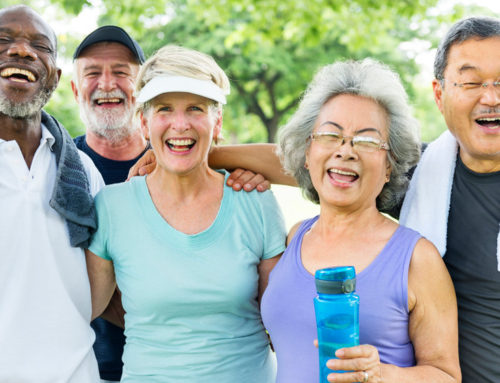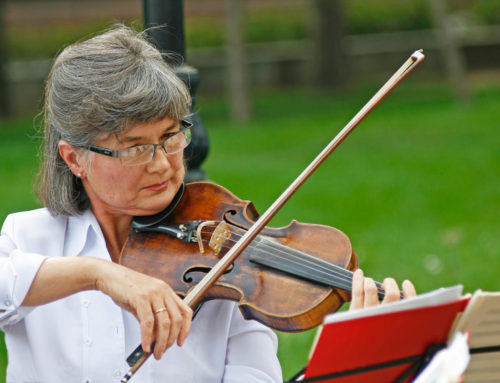Share This Story!
How Do You Get Your Heart Rate Up When You Have Joint Pain?
Cardiovascular exercise is crucial for maintaining excellent heart health. As older adults deal with aging joints, however, getting the heart rate up through high-impact training is no longer an option. What can seniors do? Consider these 4 low-impact exercise options that will still improve heart health.
1. Swimming
Getting in the water is one of the best exercise options for any age group. The buoyancy in the water will reduce any stress to the joints, while still offering a calorie-torching, heart rate-boosting option. For someone who is 155 lbs, just 30 minutes of swimming can burn up to 220 calories.
2. Resistance training
When people think about heart health, aerobic exercise is usually the first thing that comes to mind. But resistance training also has cardiovascular benefits. Specifically, strength training can have a significant impact on body composition. Seniors with more belly fat have a higher risk of heart disease. With strength training, people can increase muscle mass and reduce fat. Try 2-3 days per week of training with dumbbells, resistance bands, or bodyweight exercises like squats and push-ups.
3. Indoor cycling
Riding a stationary bike can have just as many cardiovascular benefits as hitting the trails with a mountain bike. But staying in one place is much easier on the joints. Indoor cycling is a great way to prevent knee and hip pain while elevating the heart rate. Seniors can try cycling at home, at the gym, or taking a class. Keep in mind that proper set-up is crucial to avoiding injury, so be sure to consult an expert the first time on a new machine.
4. Walking
This tried-and-true activity has helped millions of people stay fit and age well. For many seniors, walking is the sweet spot for impact. The exercise puts enough weight on the bones to offer osteoporosis prevention, but not so much that joints will get agitated. Seniors can walk on the treadmill, at a track, or around the neighborhood. Even as little as 5 minutes a day can make a difference. Build strength over time to walk longer and more frequently.
More tips for heart health
In addition to exercise, seniors can optimize heart health through diet and lifestyle choices. Eating a nutritious diet and quitting smoking make a significant difference. Aim for fruits, vegetables, lean protein, and whole grains. Try to limit sodium intake and processed foods. Even getting adequate sleep is a gamechanger for boosting heart health. For more information about exercise and cardiovascular health, speak with a healthcare provider.





